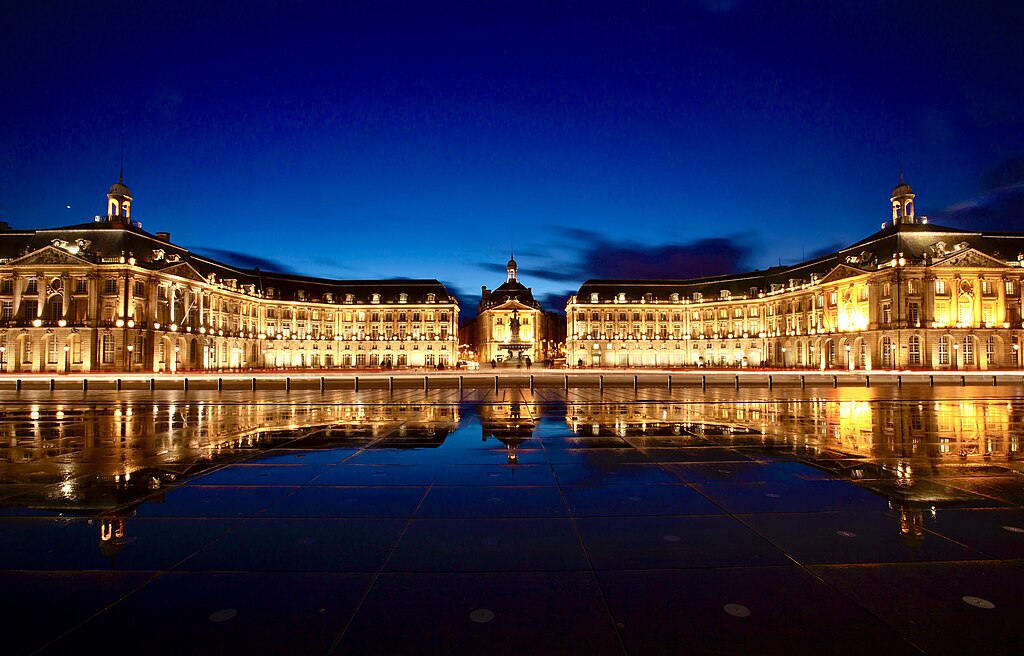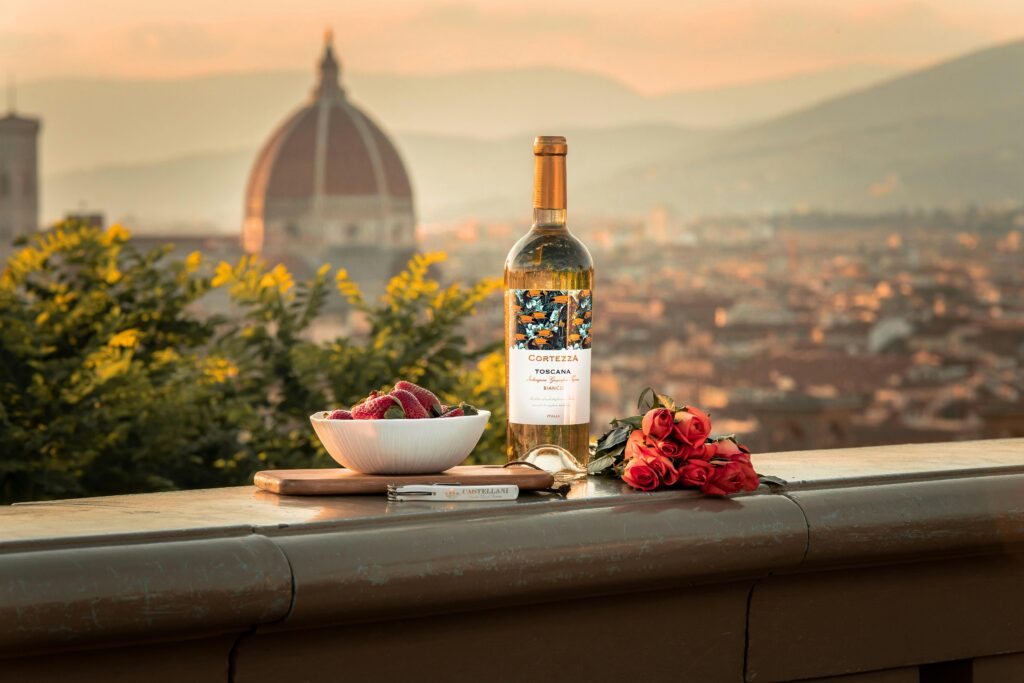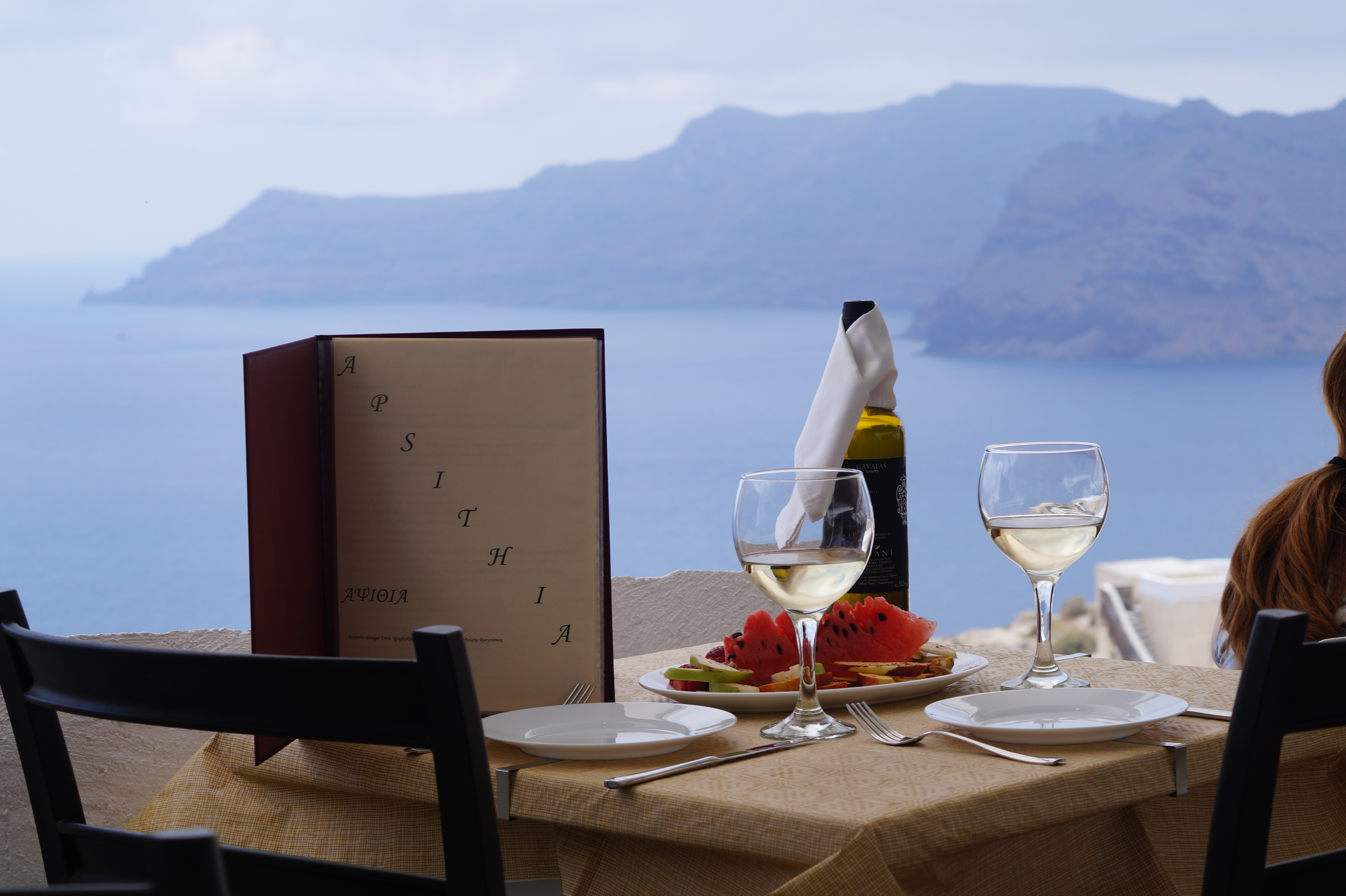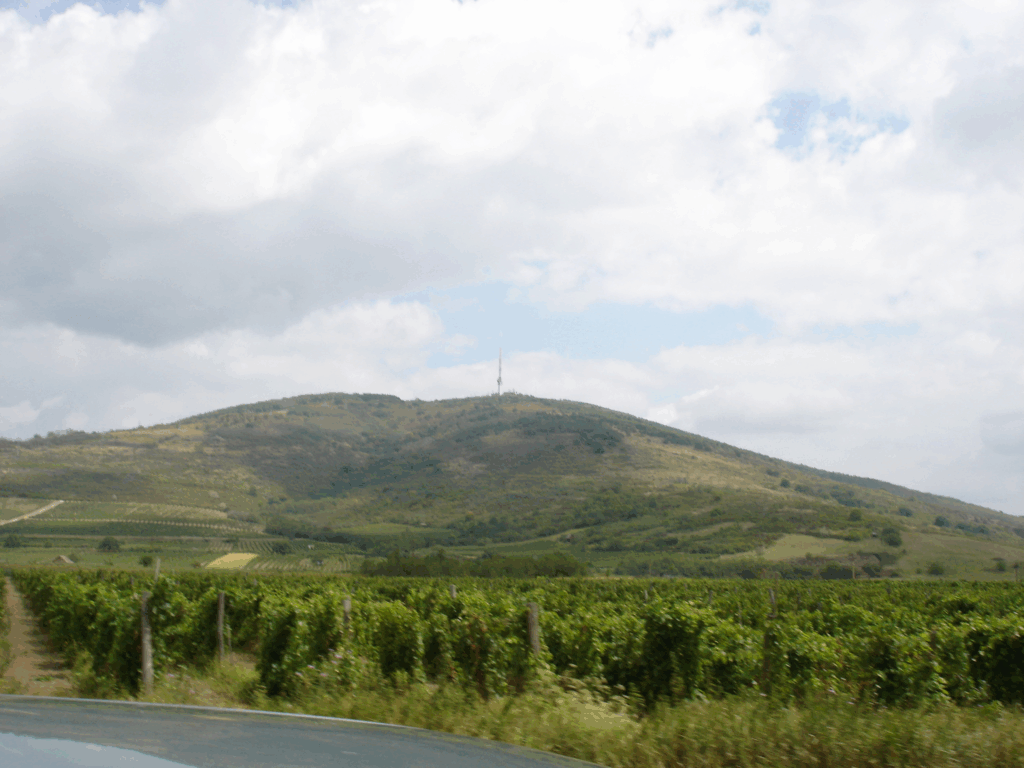In this article, I will discuss the Best Wine Regions in Europe, where world-class craftsmanship meets centuries of tradition.
Tuscany, Bordeaux, Douro, Mosel – the list of idyllic Europe wine-country regions to inspire vinophiles and devote fans of the grape goes on and on.
Europe boasts a myriad of wine styles, flavors and experiences unlike any other continent on the planet.
Key Points & Best Wine Regions In Europe
| Wine Region | Key Highlights |
|---|---|
| Bordeaux, France | Prestigious vineyards and world-famous reds like Cabernet Sauvignon and Merlot |
| Champagne, France | Birthplace of sparkling Champagne, known for luxury and celebration |
| Tuscany, Italy | Rolling hills and iconic Chianti wines, plus rich cultural heritage |
| Piedmont, Italy | Home of Barolo and Barbaresco, celebrated for bold reds |
| Douro Valley, Portugal | Stunning river views and Port wine, one of the oldest wine regions |
| Rioja, Spain | Tempranillo-based reds and historic cellars in northern Spain |
| Catalonia, Spain | Birthplace of cava, Spain’s sparkling wine, and vibrant wine culture |
| Santorini, Greece | Unique volcanic terroir producing crisp whites like Assyrtiko |
| Mosel Valley, Germany | Steep vineyards and world-class Rieslings with a delicate balance |
| Tokaj, Hungary | Famous for sweet Tokaji wines made with noble rot |
10 Best Wine Regions In Europe
1. Bordeaux, France
Bordeaux is home to some of the finest wine regions in the world and is famous for the complex and refined red blends that it produces from Merlot and Cabernet Sauvignon grapes.
Located in Southwestern France, the region has been influenced by the Garonne and Dordogne rivers.
Bordeaux is also divided into different subregions; the Médoc and the Graves and the Saint-Émilion regions, each of which is famous for different styles of wine.

Bordeaux has wines that can really age like fine old vintage and develop textures of spice, and flavors such as plum and blackcurrant.
Besides its wonderful vineyards, Bordeaux has superb châteaux, and cherished historic estates that form part of Bordeaux’s strong and fine winemaking culture.
2. Champagne, France
Located in the Northeast of France, Champagne is the region that produces the world’s most popular sparkling wine.
The region’s cool climate inline with its chalky soil makes for the perfect growing conditions for Chardonnay, Pinot Noir, and Meunier grapes.
The process of secondary fermentation in a closed bottle is what gives Champagne its distinct and delicate bubbles.

Champagne boasts a myriad of wine styles with some of the finest producers like Moët & Chandon, and is inclusive of grower-producers, ranging from crisp and minerally brut to richer vintage cuvées.
There is also much to enjoy beyond the vineyards with historic cellars, chalk caves, and gold collected over the years that tell the story of Champagne.
3. Tuscany, Italy
Tuscany is known for its expansive, beautiful countryside, and its numerous and varied vineyards. Unforgettable and world famous wines are produced here.
The different, world famous wine varieties and champagnes cherished in Italy are produced in this area: Chianti, Brunello de Montalcino and Vino Nobile de Montepulciano.
The Sangiovese is consiedered perfect. The region is subject and fitting to Mediterranean weather, and its different terroir further enhances the balance in the wines produced.

Potential tourists and visitors are able to experience the history and culture of the region through the wine tastings
The medieval and ancient towns in the region, and the region’s pairable and consumable wine.
4. Piedmont, Italy
Piedmont is Italy’s most significant and famous wine making region for its power and refinement in the Nebbiolo.
The wines produced come with great and exquisite class and style. The region has possesion of ancient, tenured, and noble vineyards famed for claiming
The hills bordering the world and region famous wines: Barolo and Barbaresco and various other fantastic ones.

Besides Nebbiolo the wine culture has other remarkable wines in Barbera, Dolcetto, and the aromatic white Moscato d’Asti.
The region’s wine and cultural heritage of white truffles, and great and delicate to complement wine soft and fine cheeses is famous and cherished all around the world.
Piedmont’s stimulating heritage of vineyards, and rustic wineries, and having diverse tourist and regional landscape of the region have deeply rich heritage and culture with fine crafts and artisan brilliance.
5. Douro Valley, Portugal
The Douro Valley was acclaimed and designated a UNESCO World Heritage site as it is one of the oldest demarcated wine regions in the world.
Northern Portugal is known for Port wine, as well as the dry reds and whites that are produced.
The region is scarped with terraced vineyards along the steep banks of the picturesque Douro River.

The region produces full-bodied wines rich in taste as a result of hot summers, schist soils and grape varietals- primarily the Touriga Nacional.
One can enjoy the natural splendor, the history of the region, and the excellence of wine making by traversing the river in a boat, or the wine estate built in the traditional style and still called in the same way- “quintas”.
6. Rioja, Spain
The most celebrated and acclaimed wine region in the country for Riojas is located to the north of Spain and along the Ebro River.
The region for wine was built around and is known for the principle grape varietal of the wine for temperate and well balanced red wines with the body of the wine
as well as it spice and oak barreled aged qualities being attributed to the temperate grape varietal, the “Tempranillo”.

The diverse micro climates for the wine region is split into three areas or “sub-regions”. The region is famous for the tobacco notes that are incorporated into the wine and is aged in oak.
The region exemplifies Spain with its appealing medieval architecture along with the vineyards and wine culture.
7. Catalonia, Spain
Defined by a rich history and modern innovations, Catalonia is considered to be Spain’s diverse and dynamic wine region.
Catalonia’s Mediterranean climate and diverse geography (from coastal plains to mountain slopes) assist in the growing of a variety of grapes.
Apart from producing Spain’s Cava (sparkling wine), Catalonia is also home to Cava’s producing region and famed numerous other

wines including robust reds from the Priorat region and crisp whites from the chilled Penedes region.
Beyond the wines, Catalonia is a region that has embraced creativity and sustainability in modern viticulture.
It offers scenic vineyards, medieval villages and diverse culinary delights of Barcelona, all of which embody the wine culture of Catalonia.
8. Santorini, Greece
Santorini cultivates remarkable wines on its popular and picturesque volcanic island. Santorini’s volcanic earth and dry climate assist in the cultivation of its indigenous
grapes (especially Assyrtiko) and the production of remarkable Santorini wines that are dry, crisp and rich in minerals.

Santorini is noted for the ancient “basket vine” training method of viticulture in which vines are woven to a basket and are protected from harsh winds and sun overhead, it is a fascinating winemaking method.
Santorini wines are also famed for being complemented by the local Mediterranean food.
Santorini’s natural beauty is enriched by its wine culture and offers cliff side wineries, which enrich the Santorini experience.
9. Mosel Valley, Germany
The Mosel Valley is home to the most stunning region in Germanys’ wine culture, the region is especially known for its world-class Riesling wine.
The steep slate-covered region along the Mosel River is home to cool climate vineyards which allows grapes to develop complex aromas of peach, apple, and citrus, for the region to be home to wines with superb balance, minerality and acidity.
Mosel Rieslings differ in styles which range from the dry Trocken to the sweet Auslese While taking a wine cruise

Varied architecture from charming villages and historic castles along the river make the region all the more beautiful.
Unbeautify Wine craftsmanship and the beautiful river landscape, the Mosel Valley is the most scenic to visit.
10. Tokaj, Hungary
Tokaj in northeastern Hungary is one of the most historic areas of Europe in wine culture known to be home to liquid gold and sweet Tokaji Aszú wines.
The climate in Tokaj along with the region’s volcanic soils and cool misty autumns help in the creation of noble rot which further sweeten the grapes and concentrates the flavor, allowing for the creation of rich and golden wine.

The wine is complex and noted with honey, apricot, and spices. Tokaj is noted for its dry Furmint grape wines beside the sweet wines.
Tokaj is a wine region to visit in Europe especially with the stunning vineyard landscapes along with Unesco recognition.
Conclusion
In conclusion, Europe’s finest wine regions present a journey through time, culture, and artistry like no other.
Each area demonstrates its distinctive terroir and custom, such as the elegant Bordeaux and Champagne regions of France
The romantic Tuscany and Piedmont regions of Italy, Portugal’s Douro Valley, and Greece’s volcanic island, Santorini. Collectively, they constitute the core of the finest wine culture in the world.
FAQ
Which country has the best wine regions in Europe?
France is often considered the top wine-producing country, with regions like Bordeaux and Champagne leading globally.
What is the most famous wine region in Italy?
Tuscany is Italy’s most famous region, known for Chianti and Brunello di Montalcino wines.
Where does Port wine come from?
Port wine originates from Portugal’s Douro Valley, one of the world’s oldest demarcated wine regions.
What type of wine is Rioja known for?
Rioja in Spain is best known for its smooth, oak-aged red wines made from Tempranillo grapes.
Which region produces the best sparkling wine in Europe?
Champagne, France, is world-renowned for its premium sparkling wines made using the traditional method.

